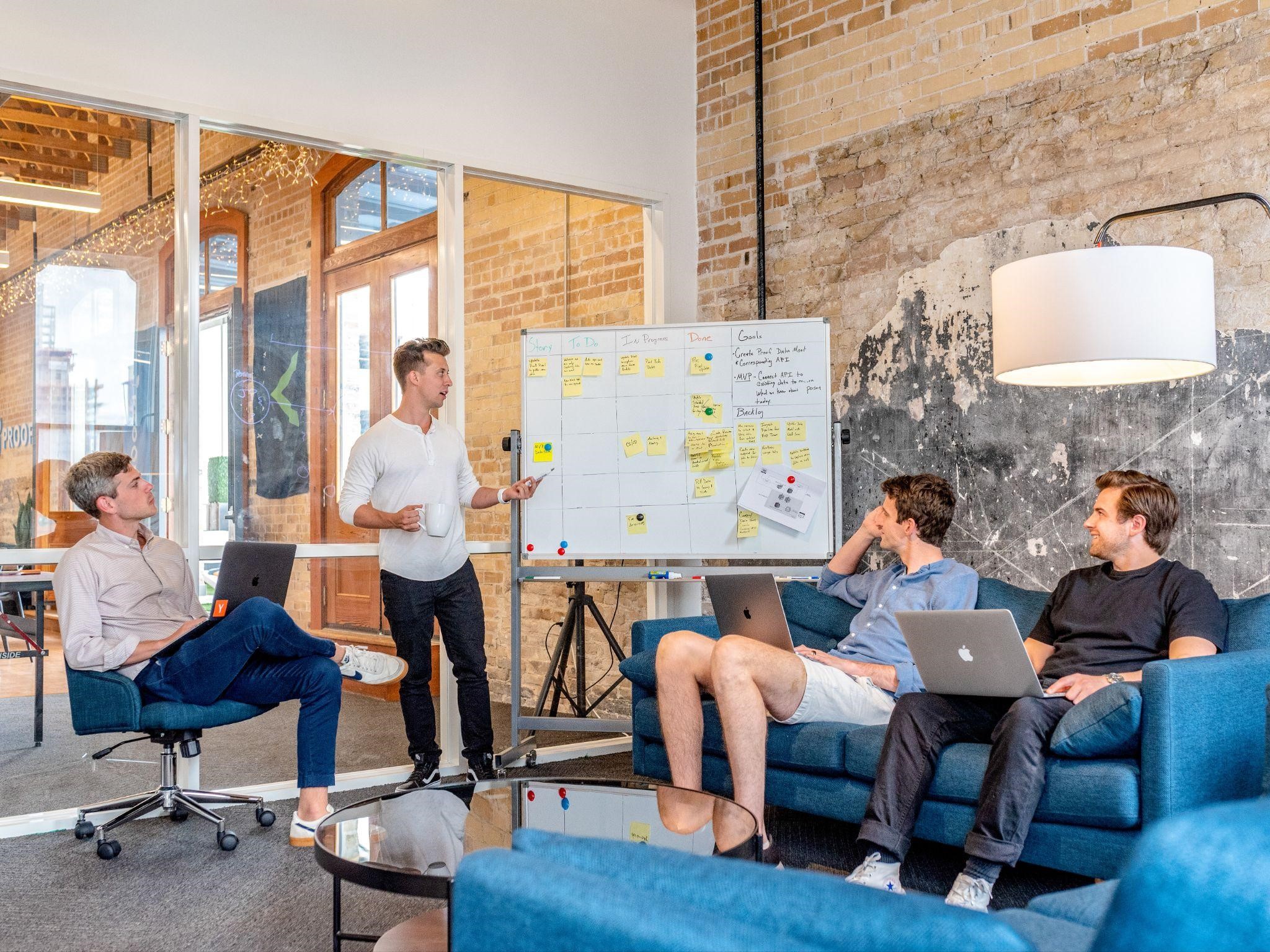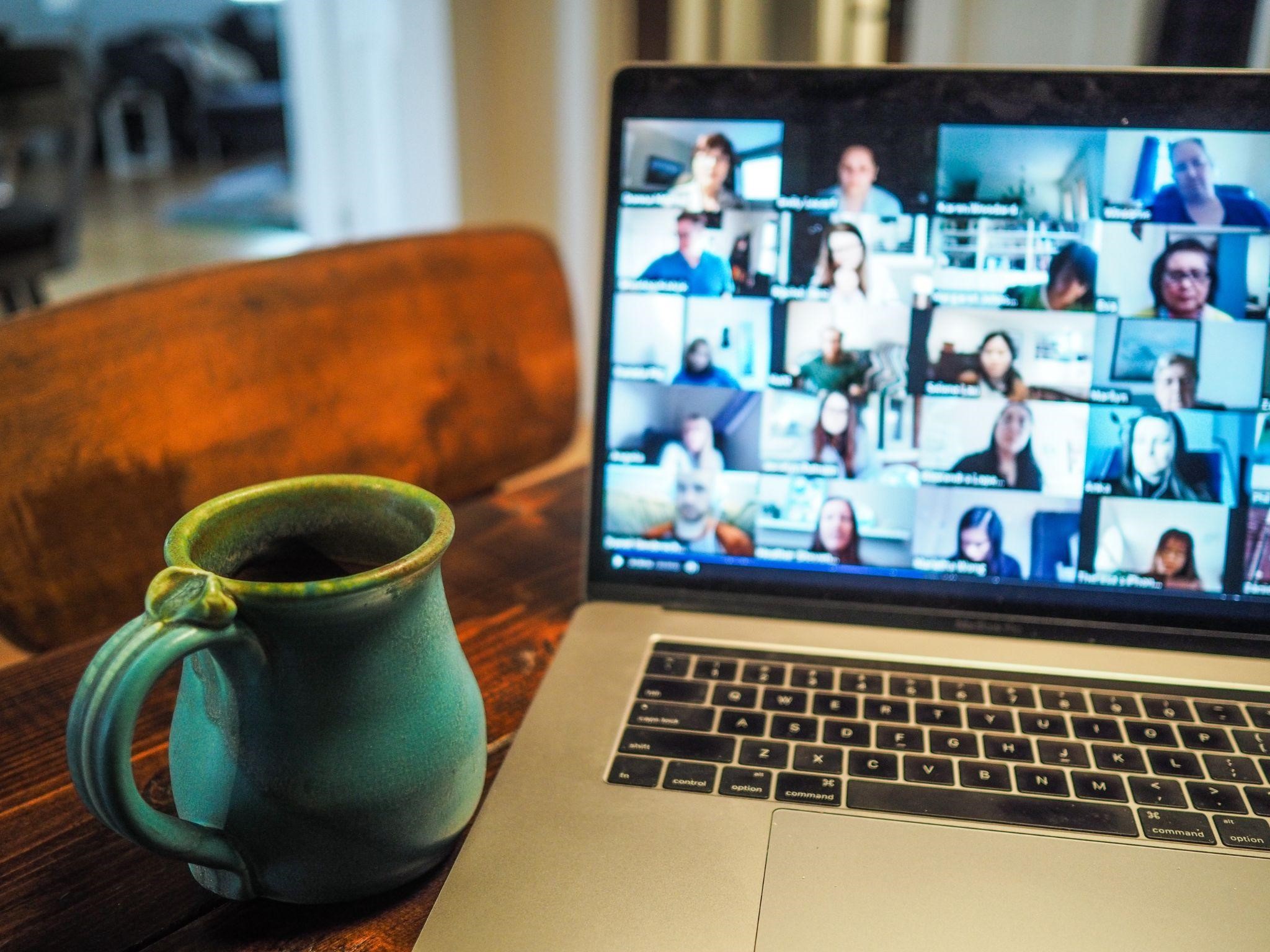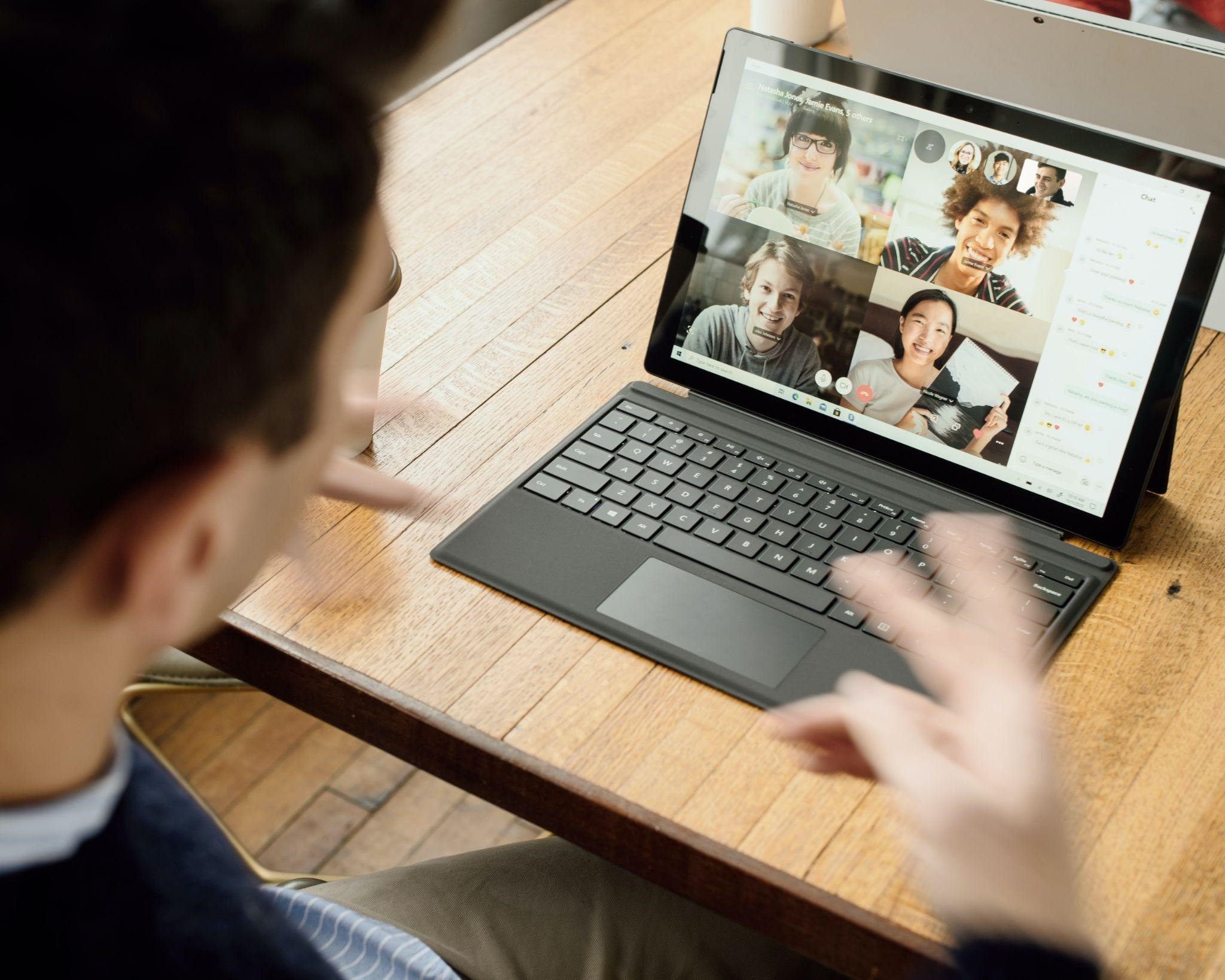We use cookies to improve the services we offer you. By continuing to browse this site, you consent to keep them in accordance with our Privacy Policy.
×We use cookies to improve the services we offer you. By continuing to browse this site, you consent to keep them in accordance with our Privacy Policy.
× 1,332
1,332
 8 min
8 min

Imagine sitting in a meeting room, the clock ticking past the hour mark, and you’re frantically scribbling notes, trying to capture every word. This scene is all too familiar, isn’t it? You’re collecting heaps of information, yet the real essence of the meeting seems to slip through the cracks. This is the plight of many professionals today – drowning in details but starved for insights.
But why should you care? Why fix something that’s been the norm for decades?
The answer lies in the shear transformation these hacks bring to the table. They’re not just fancy tools to show off in your next Zoom, Meets, or Teams call; they’re the arsenal you need to combat the inefficiencies plaguing modern-day meetings.
Let’s dive into the world of these hacks and uncover how they’re not just changing the game but revolutionizing the very way we perceive and conduct meetings.

If you’re picturing someone sitting at a desk, flying through infinite lines of code, deep in the matrix, you’re pretty far from the truth. The hacks we’re referring to here are basically just tips and tricks.
Meeting recording hacks are innovative techniques and tools designed to optimize the recording of meetings. These hacks encompass various technologies and methodologies aimed at improving the efficiency and effectiveness of meeting recordings, transforming them from simple audio or video files into dynamic, interactive, and accessible resources.

The landscape of business meetings is rapidly evolving, necessitating efficient strategies. Studies indicate that executives spend up to 23 hours a week in meetings, emphasizing the importance of productivity-enhancing tools. Meeting recording hacks are at the forefront of this transformation, offering a suite of benefits that revolutionize the meeting experience.
Meeting recording hacks like automated transcriptions and AI-generated summaries enable participants to focus more on the discussion, leading to a 30% increase in productivity, as they can engage more effectively and contribute more creatively.
In content creation, time-management has always been one of the main strategies, so things like using content creation platforms are essential. Meetings are usually lengthy, and it often takes more than an hour to discuss important matters. These hacks swiftly turn extensive meetings into concise, actionable items and key points, thereby saving substantial time.
In large or distributed teams, such hacks ensure that everyone, regardless of location or time zone, has consistent access to meeting information. This uniformity fosters better decision-making and team alignment.
Asynchronous collaboration and multi-language support facilitate teamwork by enabling members to contribute on their own terms, overcoming geographical and language barriers.
Uniform access to meeting information provided by these hacks reduces the likelihood of miscommunication, ensuring all participants are equally informed, which is crucial for effective decision-making.

Remote work is somewhat becoming the norm, thus meeting recording hacks help bridge the gap between in-person and virtual environments. They enable remote participants to feel as involved and informed as those in the office, fostering a cohesive and inclusive work culture. This adaptability is key for businesses looking to thrive in a hybrid work model.
Automated transcription is a game-changer for meeting recording. It converts speech into text in real-time, making it easier to follow along and review meetings. This hack is essential for creating searchable, accessible records of meetings, ensuring that key information is always at your fingertips. Multiple tools offer this feature within their recording capabilities, but you can also add subtitles to your recordings manually.
This one helps distil hours of meeting recordings into concise, digestible summaries. They highlight the main points, decisions, and action items, saving time and ensuring that participants focus on what’s truly important. This is one of the best meeting hacks for post-meeting reviews.
You can use a tool like Claap to record your meetings. Then, use the features to automatically transcribe and create summaries. Whether you’re prospecting your leads, giving product demos, hosting feedback sessions, or any other meeting, it allows you to turn your disconnected meeting recordings into one central hub for all your video content.
Multi-language support in meeting recordings is invaluable. It breaks down language barriers, ensuring clear communication among diverse teams. This hack fosters inclusivity and amplifies the reach and understanding of your meetings.
This can be applied to the transcript, making sure it’s available in the languages your team needs, or even live translation, a tool that is being experimented with by companies like Kudo.

Asynchronous collaboration allows team members to contribute at their pace, a crucial aspect of modern workplaces. This approach to meeting recording hacks respects different time zones and work schedules, promoting flexibility and productivity.
Let’s say you have a sales prospect who you’re going to meet this afternoon, but they cancel on you. You have two options: reschedule the meeting and keep chasing the next step of your funnel, or send an asynchronous product demo for them to check on their own time.
You sacrifice a bit of real-time conversation, but you’re able to make progress with your business and come off as the most accommodating option.
You’re in a meeting and someone has just said something vital. Rather than thinking, “oh, I’ll find that in the recording later,” some meeting recording technology allows you to make note of the important moments so they don’t get lost in the recording. Software like Claap or Fireflies allows you to do just by simply clicking a button when someone says something important.
The ability to pin key moments in a meeting recording is a significant hack. It allows participants to quickly access crucial parts of the meeting in the recording, facilitating better engagement and efficient review. This feature is particularly useful for referencing decisions and important discussions.

OCR in meeting recordings can extract text from presentations and shared screens, making it easier to access and refer to displayed information.
If you’re showing slides to attendees or showing off documents, rather than having to tediously write down what’s on the screen to keep track of it, software like Google’s AI can do this with any uploaded videos.
This hack enhances the utility of meeting recordings, ensuring that visual content is not lost but integrated into the meeting’s comprehensive record.
Recording analytics offer insights into meeting engagement and effectiveness. By analyzing aspects like participation and topic coverage, this hack provides valuable data to continually refine meeting strategies, making it indispensable.
Videos are engaging, but meetings sometimes aren’t. Incorporate visual effects using Google Meet’s built-in green screen or hosting your meeting on platforms like Around can morph your background into anything you want.
Platforms like Movavi come with an entire suite of video solutions that allow you to remove backgrounds, add effects, trim your videos, and bring your ideas to life. If you’re a business looking to make a bigger impact with your videos, this is the perfect match for you.
Mastering these essential meeting recording hacks can profoundly impact your meeting efficiency and productivity. As the business world continues to evolve, these hacks will undoubtedly become integral components of successful meeting management strategies.
From automated transcription to recording analytics, each hack offers unique advantages, ensuring your meetings are not just recorded but transformed into valuable, accessible resources.
Max Gayler
Max Gayler is a Multimedia Journalist and Senior Content Strategist at Claap. He’s worked with multi-million dollar companies like Typeform, NPAW, and ITV to create gripping storytelling and push brands to wider audiences.